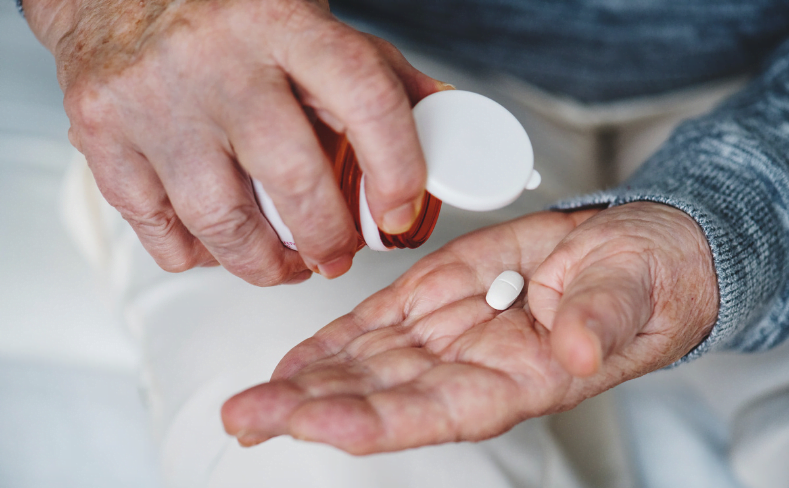What To Do If You Miss Your Methadone Dose
First things first, while it may be your instinct to panic, it’s better off if you don’t. There’s no denying the fact that it’s scary to realize your dealing with a missed methadone dose. The majority of people who are on a maintenance program end up missing a dose of methadone at least once.
Panicking about it, certainly won’t do you any good. Whether you overslept after a big day, or you failed to realize that the clinic was closing early for the holidays, chances are you may miss a methadone dose every once in a while. No matter why you missed a dose, just remember that you can absolutely get through this. You will make it on to the other side and you’ll be back in your routine of using methadone before you know it!
Methadone Clinic Hours
How To Keep Yourself Comfortable Until The Next Morning That Your Clinic Opens.
Once you’ve come to the realization that you’ve missed your methadone dose and there’s nothing you can do to get it back, it’s time to relax and put in an appropriate action plan together. You’ll want to keep yourself calm and comfortable until you can get back to your methadone clinic and get your next dose. Thankfully, one of the many benefits of methadone is that it’s a long-acting opioid, so most people do not experience significant withdrawal symptoms until a little after 36 hours. Even then, these withdrawal symptoms present themselves slowly and gradually increase as time goes by, but it’s unlikely these symptoms will become really bad by the time you can get into your methadone clinic and have your next dose.
So long as you drink plenty of water to keep yourself hydrated, and you do your best to relax whether that’s through reading or taking a nice bath or shower, you should be just fine. The key is keeping your mind occupied during this time so that your thoughts don’t wander to your drug of choice which could lead to bad decisions, relapses and even overdoses. Just keep telling yourself that you will be okay, and you’ll be surprised at how fast the time goes by and how strong you can be when necessary.
Things You Should Not Do if You Miss Your Methadone Dose
While there are many helpful suggestions as to what to do following the occasional missed methadone dose, you also need to remember that there are some things you should not do. First and foremost, you should never attempt to purchase drugs on the street in place of your methadone. That’s because it is highly likely that if you purchase any other type of opioid, it will not actually have any soothing effects for you as you’re on the methadone maintenance therapy in the first place. You’ll just be putting all the hard work you’ve put in at rehab, as well as your personal safety and wellbeing, in jeopardy. It’s never worth it.
Another thing you should avoid at all costs is double doses. Professional staff carefully measures each and every methadone dose to ensure optimal success and safety, and the last thing you should be doing is trying to give yourself a dose by your own set of rules. Once you miss a daily dose, you need to skip that day and carry on as normal the next day. It’s always a good idea to consult the medical staff at your trusted methadone clinic to get clear answers and instructions as to what to do. In cases where you miss your dose for two consecutive days or more, it’s possible you’ll need to begin again with a lower dose just to make sure you don’t suffer any adverse side effects or overdose.
What You Can Do To Ensure that You Don’t Miss Anymore Doses
You’ll surely be relieved once it’s a new day and you’re able to continue on with your methadone doses as normal. You’ll want to prepare yourself and make sure this doesn’t happen again if you can help it. To ensure you make all your methadone doses on time, you should take a few moments out of your day to read all of the signs displayed in the clinic. These signs are actually quite valuable resources for patients, and it will give you more details on the program and the particulars of these clinics. It’s also recommended that you communicate with clinic staff to better understand the schedule and upcoming events and holidays that may affect opening hours. If you do not have regular, reliable transportation, perhaps you can find a carpool set up so that you can get to the clinic easily. Other helpful tips include setting a daily alarm clock and keeping your friends and family in tune with what’s going on.
Just remember that even in the rare occasion when you may miss your methadone dose, you’re not alone and there are others out there in the same boat. You just have to hold your head up high, stay strong and determined, and remember that you can definitely make it out of this situation without abusing drugs again. For more information contact us at (855) 976-2092.
Sources
[1] Clinical Guidelines for Withdrawal Management and Treatment of Drug Dependence in Closed Settings. Geneva: World Health Organization; 2009. 6, Methadone maintenance treatment. Available from: https://www.ncbi.nlm.nih.gov/books/NBK310658/ [2] Methadone | SAMHSA – Substance Abuse and Mental Health Services Administration. (2015, 28). Retrieved from https://www.samhsa.gov/medication-assisted-treatment/treatment/methadone










